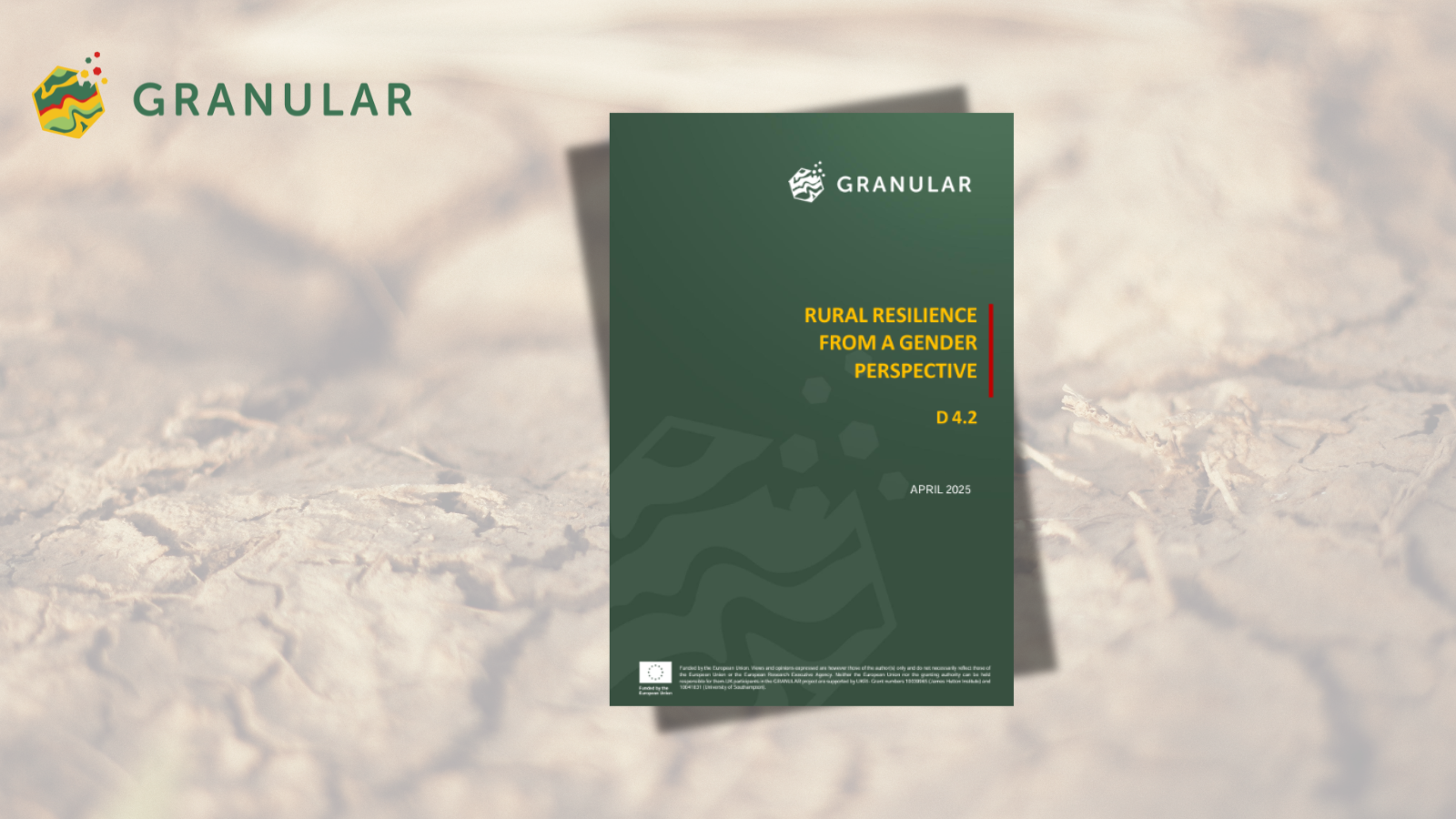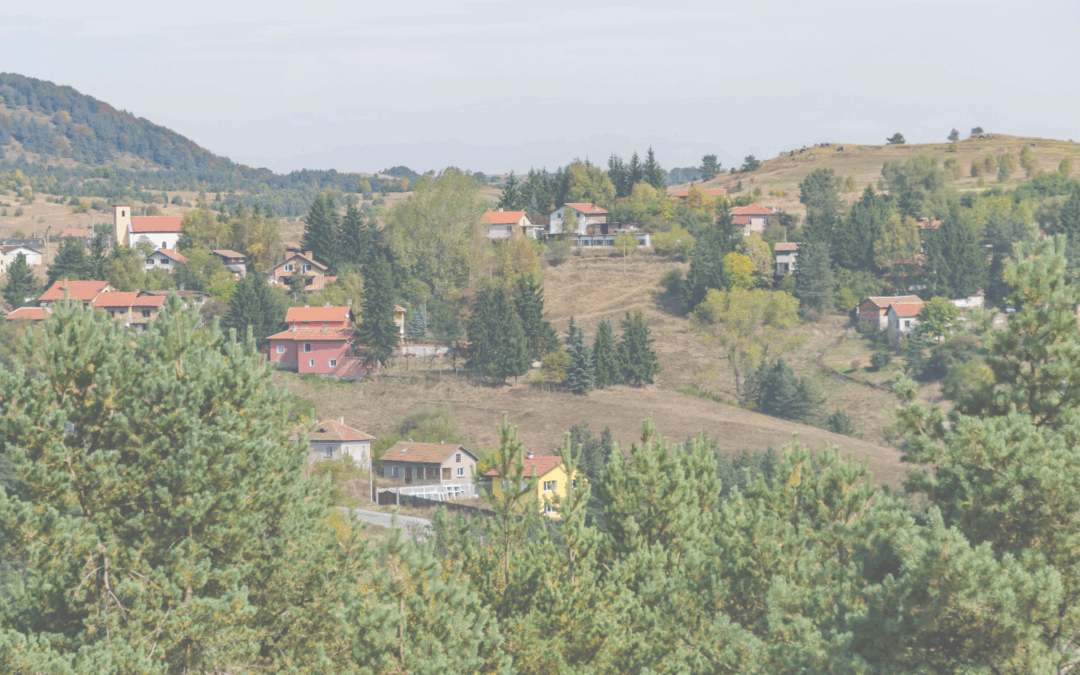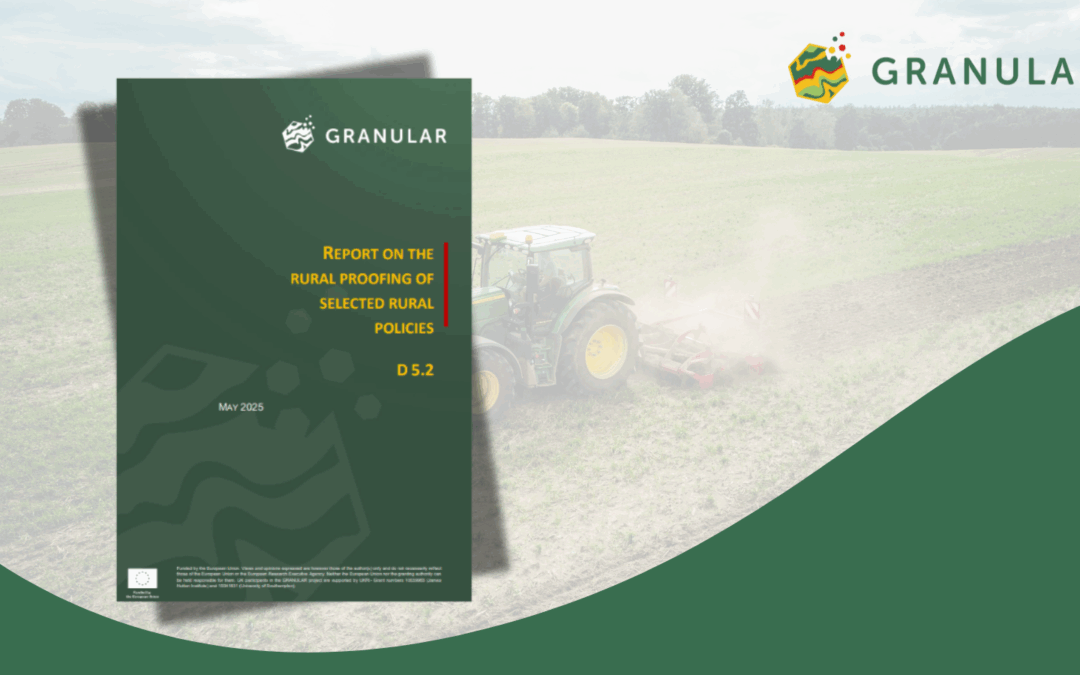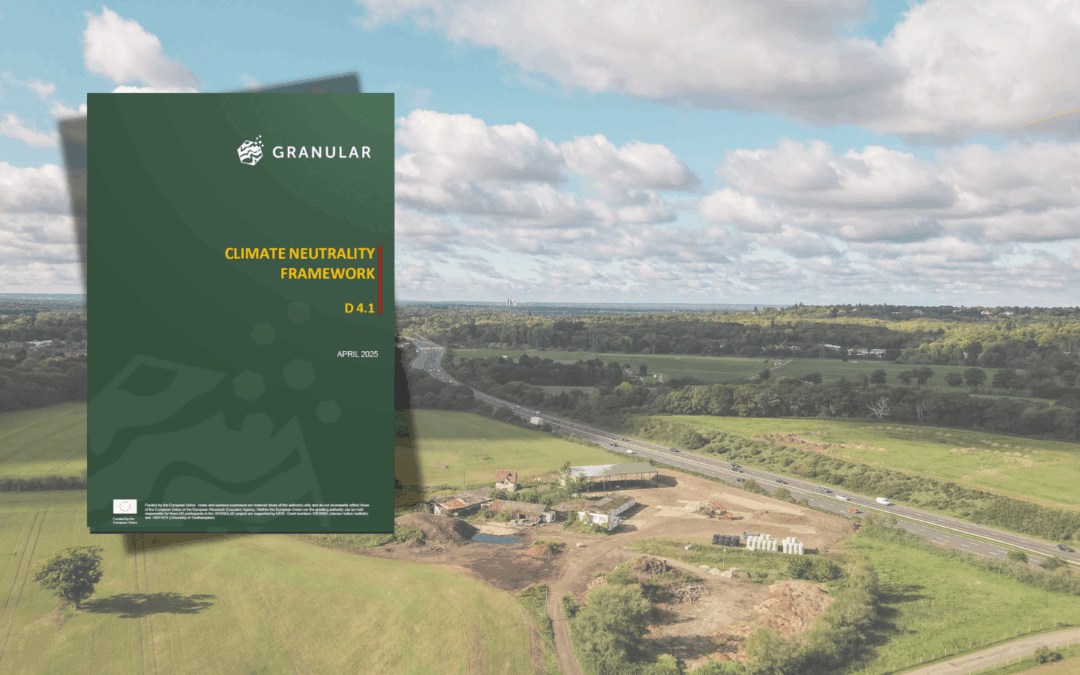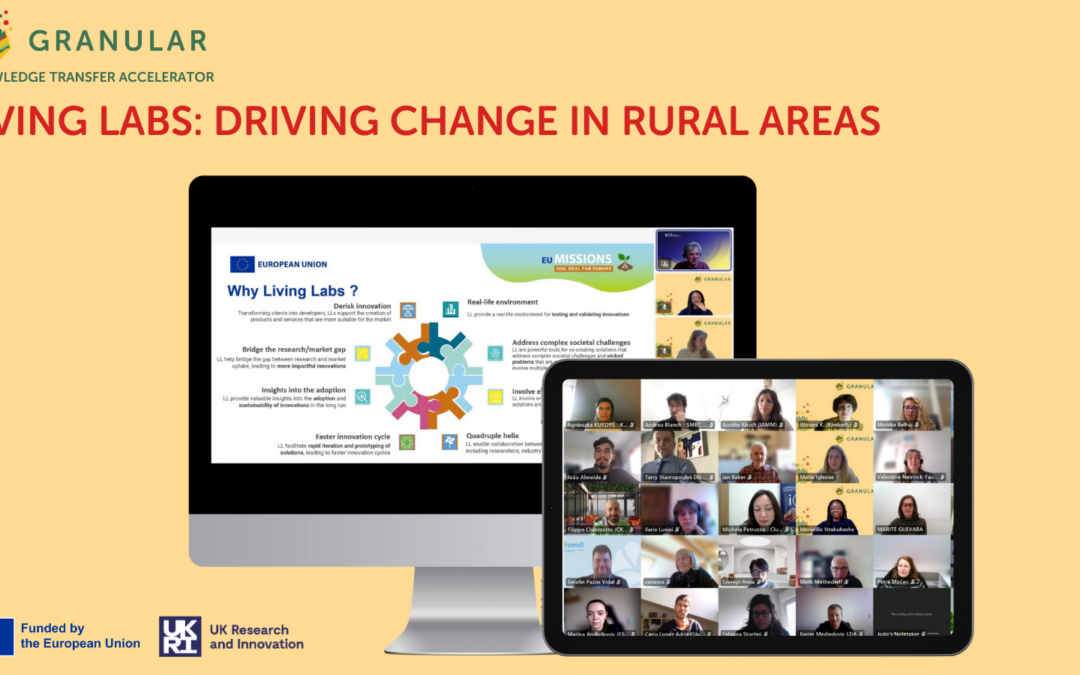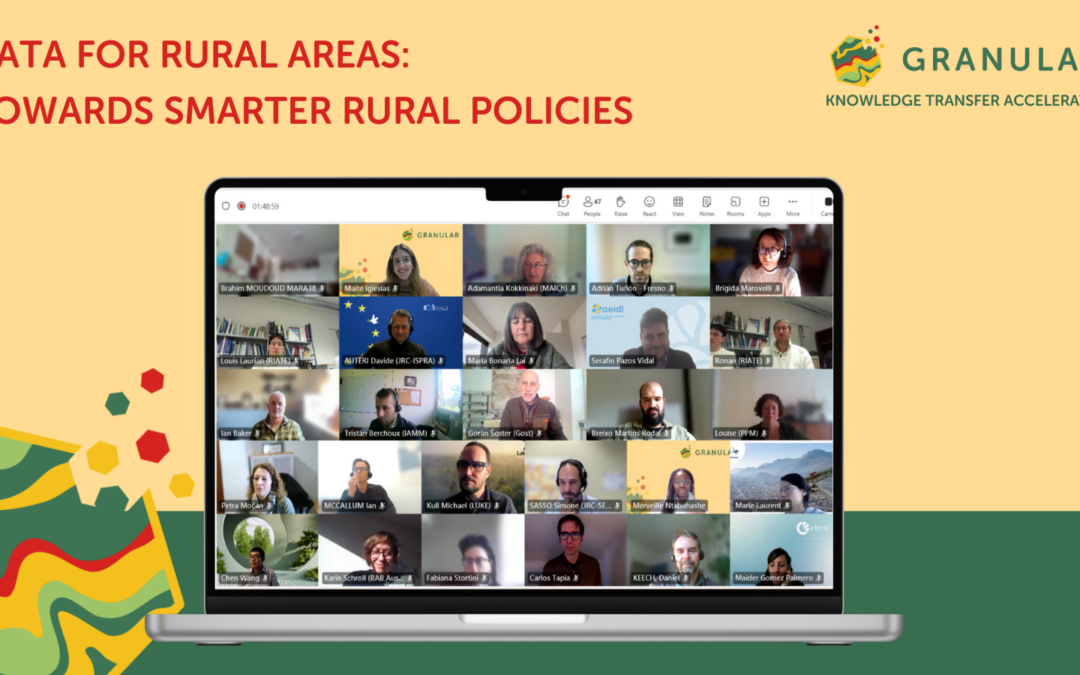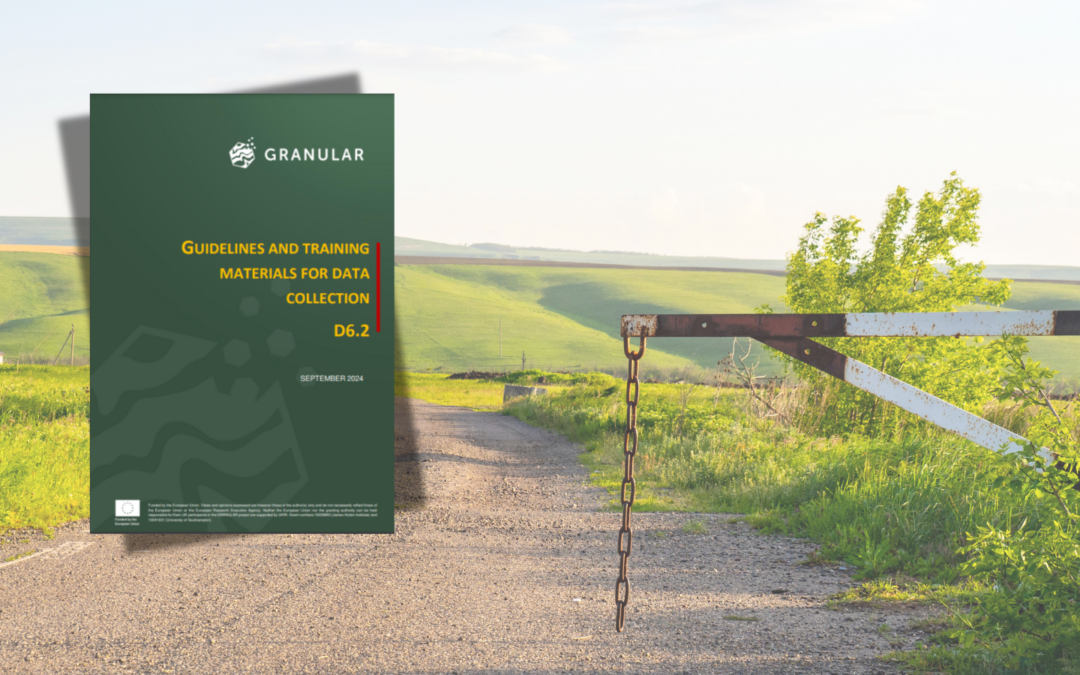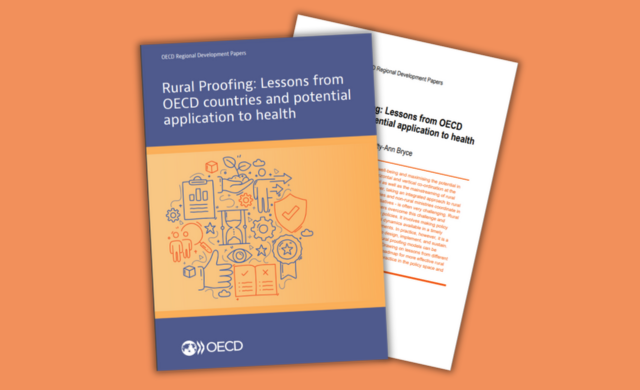Authors: Debora Pricila Birgier & Carlos Tapia (Nordregio)
In many EU Member States, rural women face persistent structural disadvantages in labour markets. This has significant implications – not just for gender equality, but for the long-term resilience of rural communities.
The newly published GRANULAR report on “Rural resilience from a gender perspective”, produced by partners from Nordregio, examines how gender and rurality interact to shape employment outcomes across Europe. Using microdata from the European Labour Force Survey (EU-LFS) spanning 2013, 2018 and 2023, the report explores how labour market participation, part-time employment, and care responsibilities vary between women and men in urban and rural areas, and how these patterns differ across welfare regimes.
A complex picture of labour market disadvantage
The analysis covers 27 EU countries and highlights that there is no single rural gender gap – but rather a set of context-specific patterns:
- In 11 countries, rural women face compounded disadvantages, with significantly lower employment rates than their urban counterparts. These are mainly concentrated in Southern and Eastern Europe. However, in many Continental and Nordic countries, rural women are actually more likely to be employed than urban women – though often on a part-time basis.
- Part-time employment emerges as a key indicator of gendered labour market dynamics. In all Continental countries and in several Nordic and, rural women are substantially more likely to work part-time than men or urban women. This pattern probably reflects both structural labour market characteristics and lingering traditional gender roles.
- Care responsibilities remain a major constraint in some welfare regimes. In Continental countries in particular, rural women report higher levels of employment limitation due to care duties than both rural men and urban women. However, in Southern and Eastern Europe, care burdens show less variation by location – suggesting that broader structural constraints are at play.
Methodological framework
The study analysed EU labour force survey (EU-LFS) cross-sectional data to compare employment outcomes by gender and degree of urbanisation, controlling for education, age, migration background, and family structure. The results were disaggregated by region type and grouped according to European welfare state typologies to reflect institutional variation.
“In this study, we aim to incorporate gender as an essential concept into our understanding of socio-demographic and socio-economic resilience in rural areas – and by extension, rural resilience.” Debora Pricila Birgier, Senior Research Fellow at Nordregio
By analysing trends from 2013 to 2023 using EU-LFS microdata, the report sheds light on how gendered labour market patterns intersect with degrees of urbanisation and welfare state regimes. This approach makes visible the structural and contextual factors that shape resilience outcomes at the individual, community and regional level.
Policy implications
The findings call for greater attention to the intersections between gender, geography, and welfare institutions. Strengthening rural resilience requires policies that support women’s full participation in rural labour markets – through access to childcare, improved mobility, local job creation, and support for entrepreneurship.
Importantly, gender-sensitive rural development should not be seen as a secondary or compensatory measure. As the report argues, addressing gendered labour inequalities is a strategic investment in the long-term adaptive capacity of rural areas – especially those struggling with demographic decline and youth outmigration.
Link to regional economic dynamics
These GRANULAR findings can be further contextualised by the ESPON study, introducing the Territorial Exaptive Resilience Index (TERI) to measure how regions respond to economic crises. This index classifies regions as shock-resilient, exaptive, or shock-vulnerable based on their capacity to maintain economic output and reallocate resources after shocks.
The ESPON study further identifies institutional quality, social resilience, knowledge-intensive economic activity, and EU funding as key drivers of overall regional resilience. These drivers strongly align with the GRANULAR report’s call for policies that strengthen rural adaptive capacity through improved governance, social well-being, and local job creation to support women’s full labour market participation.
The study acknowledges that fostering exaptive resilience in rural areas, (particularly in areas struggling with demographic decline and youth outmigration) requires both gender-sensitive strategies and a broader capacity for economic transformation. The significant role of EU funding in supporting resilience offers a strategic avenue for addressing the compounded disadvantages faced by rural women in these very areas.
The way forward
This research is part of GRANULAR’s work to develop indicators that qualify rural trends, analyse their underlying drivers, and assess how rural areas respond to major threats. By offering a gender-sensitive perspective on labour market resilience, the GRANULAR report contributes to a more nuanced and inclusive understanding of rural development. Ultimately, this work supports GRANULAR’s overarching goal – to equip rural actors with the data and tools they need to foster sustainable and place-based territorial development.
Download the full report “Rural Resilience from a Gender Perspective”.
